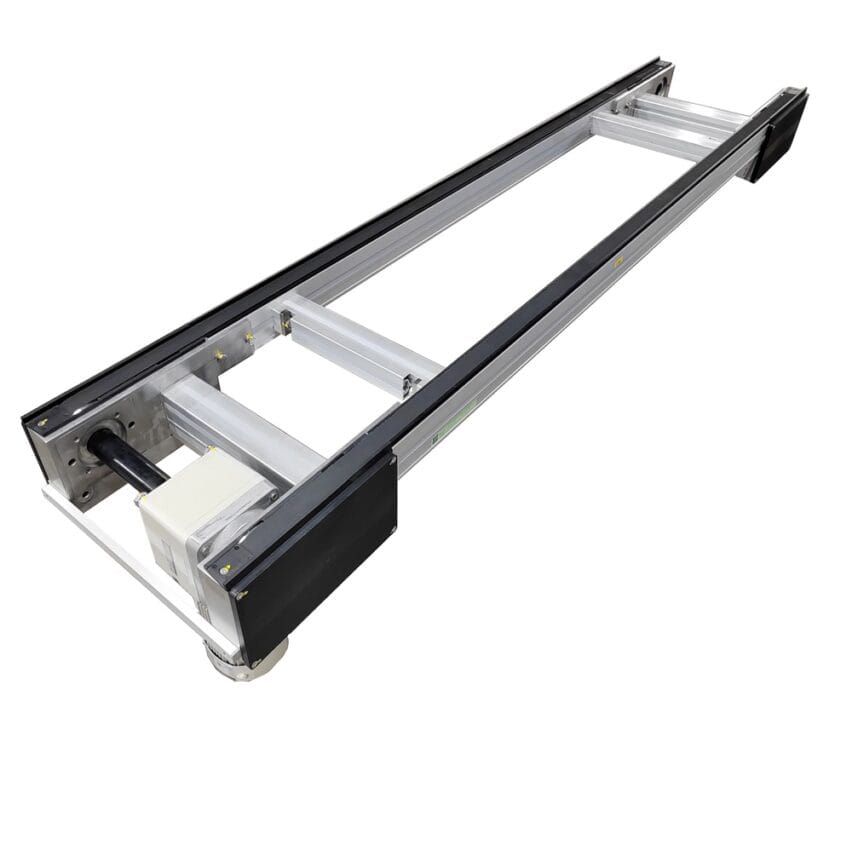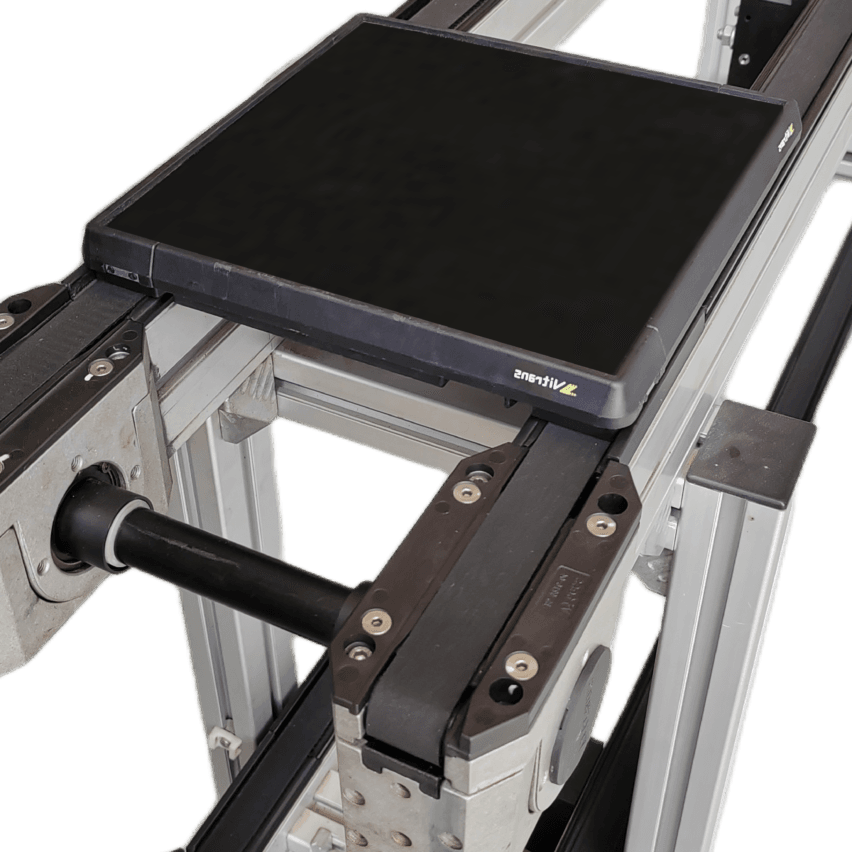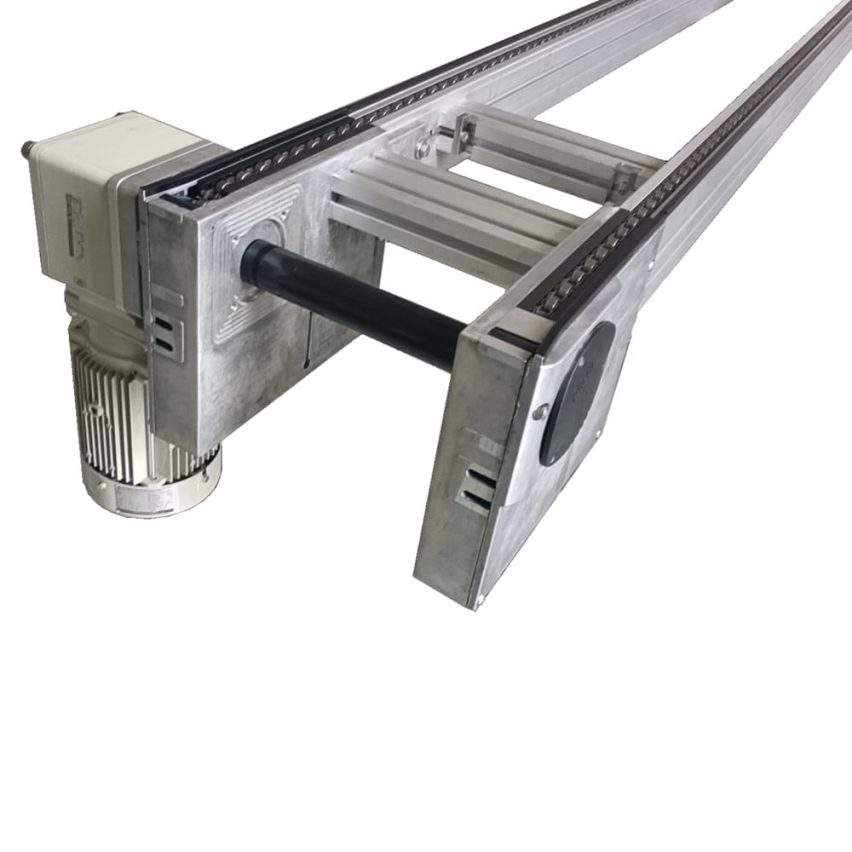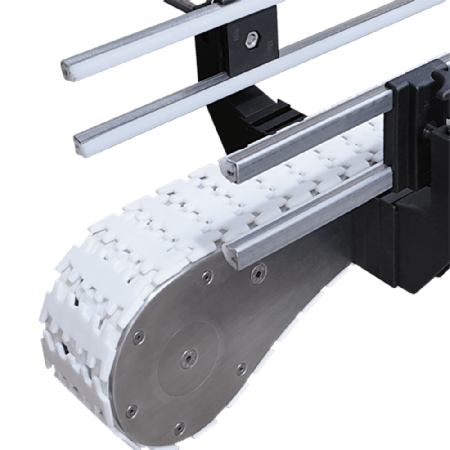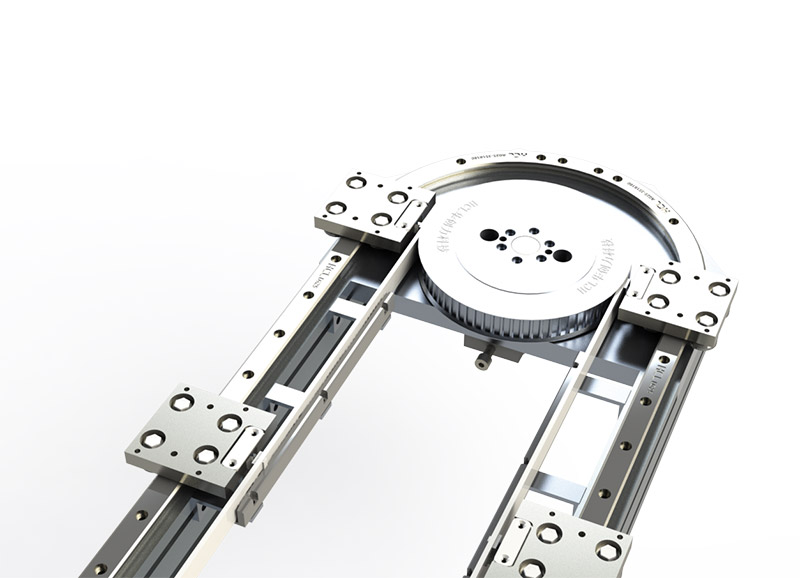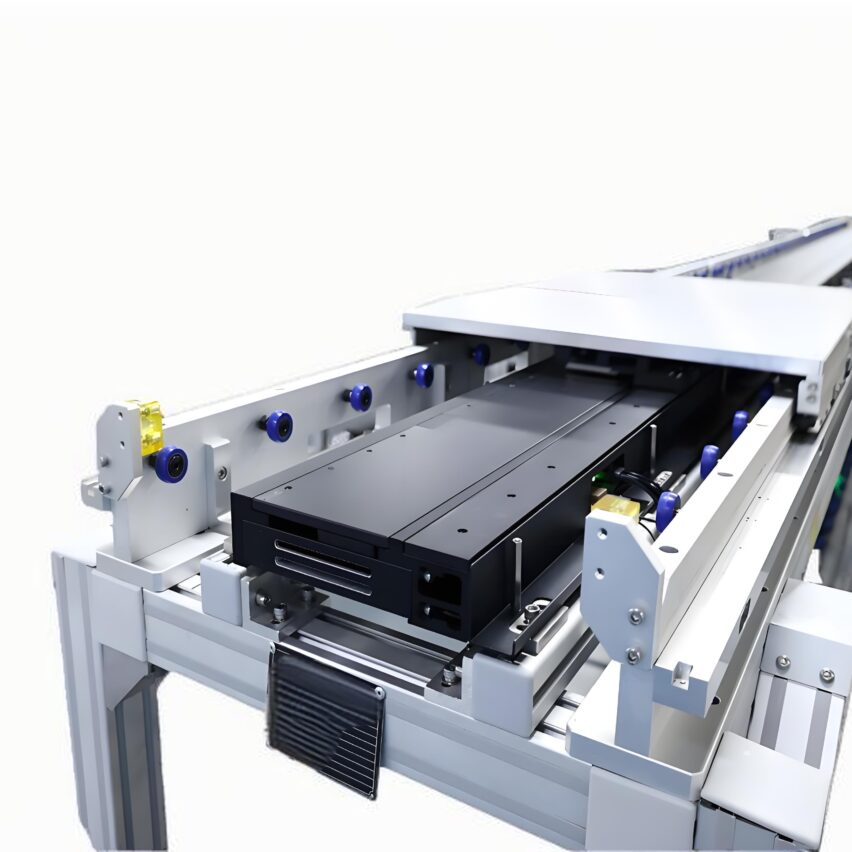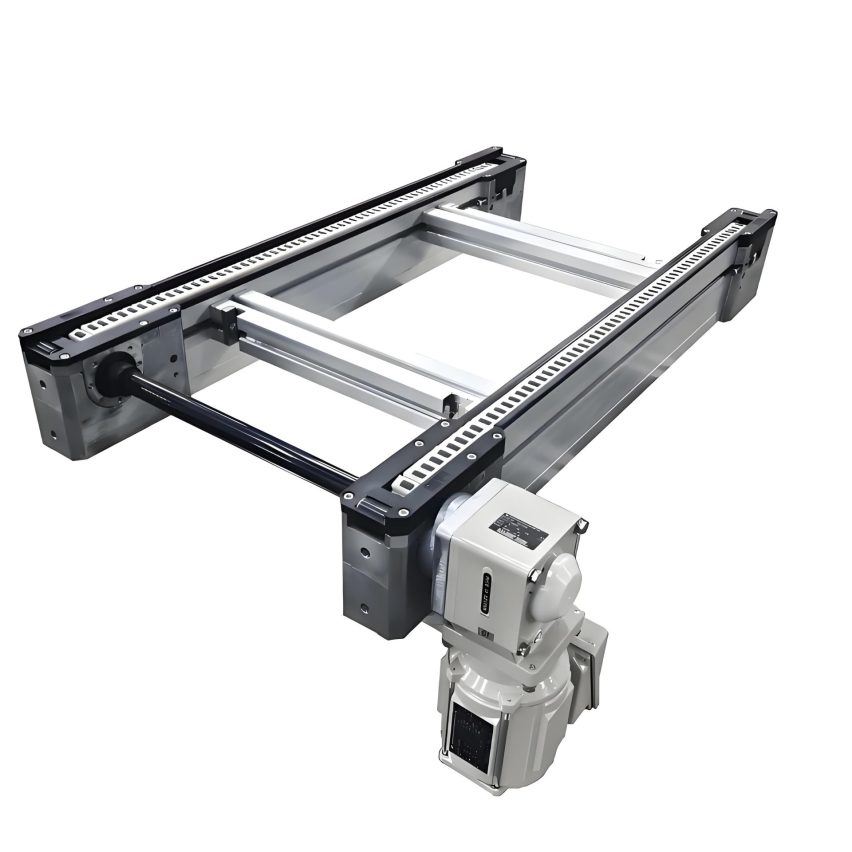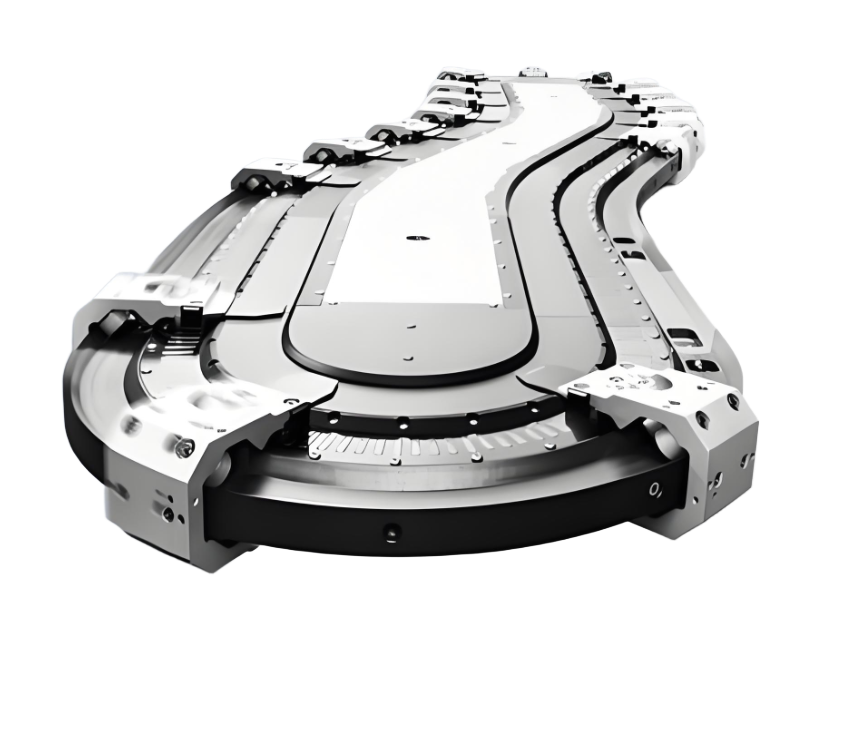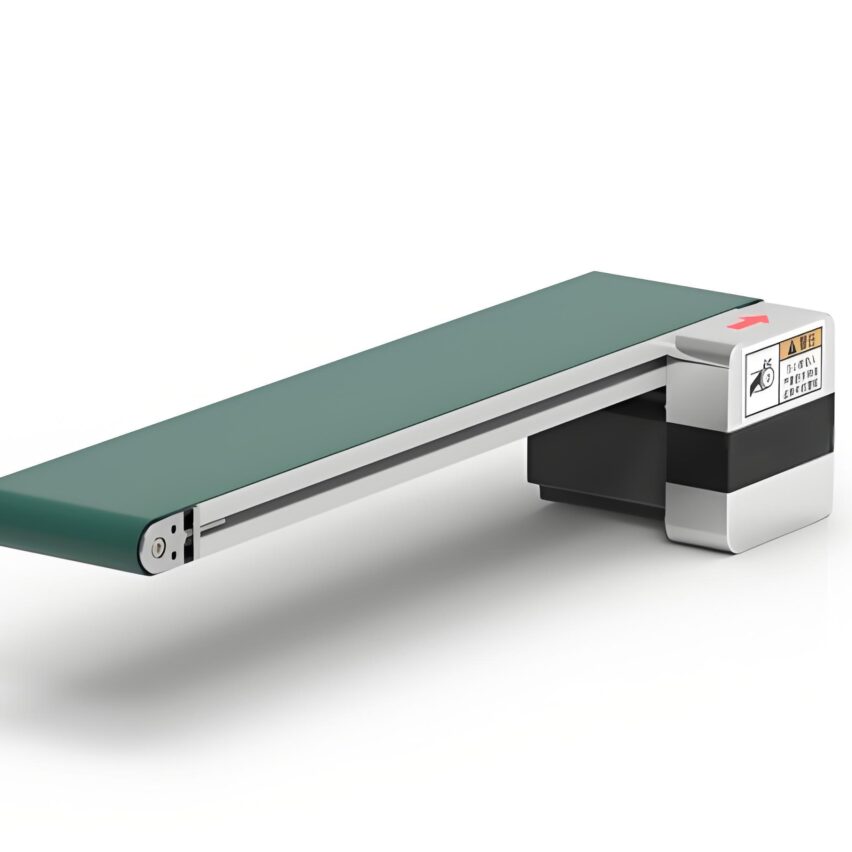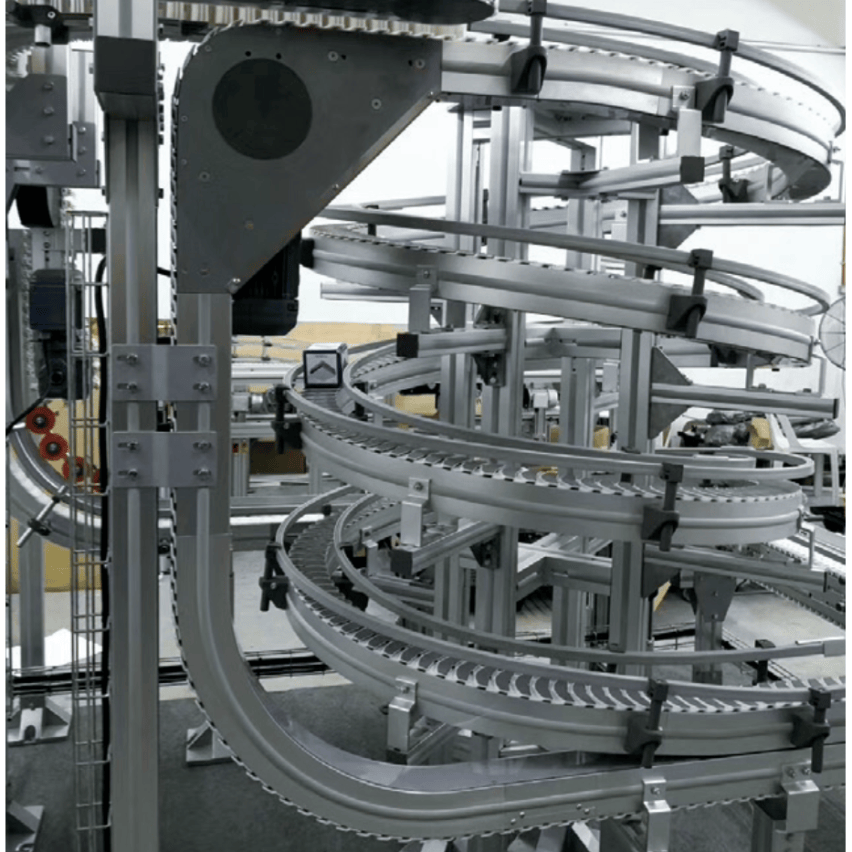The intelligent wave of European and American manufacturing industry is reshaping the development trajectory of roller conveyor line. From the hardware innovation of energy saving and consumption reduction to the optimisation of the whole process of digital twin, how does this traditional logistics equipment transform into the "nerve vein" of the intelligent factory? Let's analyse the core logic of the upgrade path through technical evolution and real cases.
I. Energy-efficient design: the cornerstone of intelligent upgrading
Why do European and American companies pay special attention to the energy-saving design of roller lines?
The answer comes from the dual drive of environmental regulations and cost pressure. The EU "Green Deal" requires industrial equipment to reduce energy consumption by an average of 3% per year, while the roller line accounts for 15%-30% of the total energy consumption of the factory, which forces enterprises to break through from four aspects:
- High-efficiency motors and inverter technologyThe adoption of IE4/IE5 energy-efficient motors with dynamic frequency conversion control reduces energy consumption by 15%-20%. Tests at the Bosch factory in Germany show that frequency conversion reduces energy consumption by 40% during no-load hours.
- The lightweight materials revolution: Aluminium and carbon fibre drums reduce weight by 301 TP3T and start-up energy consumption by 181 TP3T. The carbon fibre drum line at BMW's Leipzig plant saves the equivalent of 400 households' electricity annually.
- Intelligent Start-Stop System: Sensing the material flow through laser sensors and automatically triggering the hibernation mode. Amazon's Dutch distribution centre uses this to reduce 231 TP3T's ineffective energy consumption.
- Gravitational potential energy recovery: Installation of a kinetic energy recovery device in the ramp section, which converts braking energy into electrical energy. The DHL sorting centre in Germany saves 300,000 euros a year in electricity costs with this technology.
Case revelation: Germany Siemens in Hamburg plant energy-saving renovation, the comprehensive application of the above technology, so that the total energy consumption of the drum line down 34%, the payback period of only 2.3 years.
II. The digital twin: from predictive maintenance to process re-engineering
How do physical roller lines and virtual models interact to empower each other?
European and American companies build digital twins through a three-tier architecture:
| application level | core technology | realise value | Case evidence |
|---|---|---|---|
| equipment level | IoT sensors + 3D physical modelling | Predictive maintenance | Toyota UK plant failure rate ↓45% |
| line level | Machine Learning + Dynamic Simulation | Process optimisation | Volkswagen Wolverhampton plant capacity ↑18% |
| factory-grade | Cloud Edge Collaborative Computing | Deployment of resources | Siemens Amberg plant stop ↓60% |
Core breakthroughs::
- fault prediction: Vibration sensor data compared with historical failure library to warn of bearing failure 14 days in advance (92% accuracy)
- dynamic modulationAutomatically adjusts the conveying rhythm according to order data, reducing line switching time from 45 minutes to 8 minutes.
- virtual debugging: New production lines are first simulated in the digital twin, shortening the engineering implementation cycle by 70%
Paradox revealed: digital twin is not a quest for 100% virtual replication. Practice at the Mercedes-Benz Sindelfingen plant shows that 85% accuracy models of key nodes + real-time data corrections are three times more efficient than full-element modelling.
III. Technology convergence: AI and robotics co-evolution
When energy-saving hardware meets the digital brain, three major innovation scenarios are spawned:
1. Adaptive energy-saving systems
The AI energy optimisation platform deployed at Maersk Terminal in Denmark analyses electricity price fluctuations, equipment loads, environmental temperature and humidity in real time, and dynamically adjusts the power of the drum line. 2024 data shows a combined energy saving rate of 31%, which exceeds the limit of a simple hardware upgrade.
2. Reconfiguration of human-computer collaboration
Collaborative programme at the Festo plant in Germany:
- Light materials: powerless roller line + AGV autonomous replenishment
- Heavy pallets: intelligent roller line with automatic speed regulation and articulated robotic arm
Manual work was reduced by 65% and workplace accidents went to zero.
3. 3D printing for on-demand repairs
After the digital twin predicts drum wear, it automatically generates a model of the replacement part and initiates on-site 3D printing. The technology was applied to the Philips Medical production line in the Netherlands, reducing spare parts inventory by 800,000 euros and compressing downtime to less than four hours.
Future challenges: rebalancing green and smart
Digital twin cloud platforms can consume up to 1.5 times the annual power of a traditional production line - a statistic ignored by most studies. When BMW's Munich plant attempted to enhance data security with blockchain, the cooling energy consumption of its server clusters went so far as to offset 151TP of the energy-saving benefits of the drum line.3The truly smart upgrade requires the integration of IT carbon footprints into a full lifecycle assessment system. Those who are the first to establish bi-directional energy flow monitoring between the digital and physical worlds will win the right to be certified as zero-carbon factories by 2030. The evolutionary history of the roller line proves that there is no absolute ultimate solution, only a continuous technological rapprochement.

